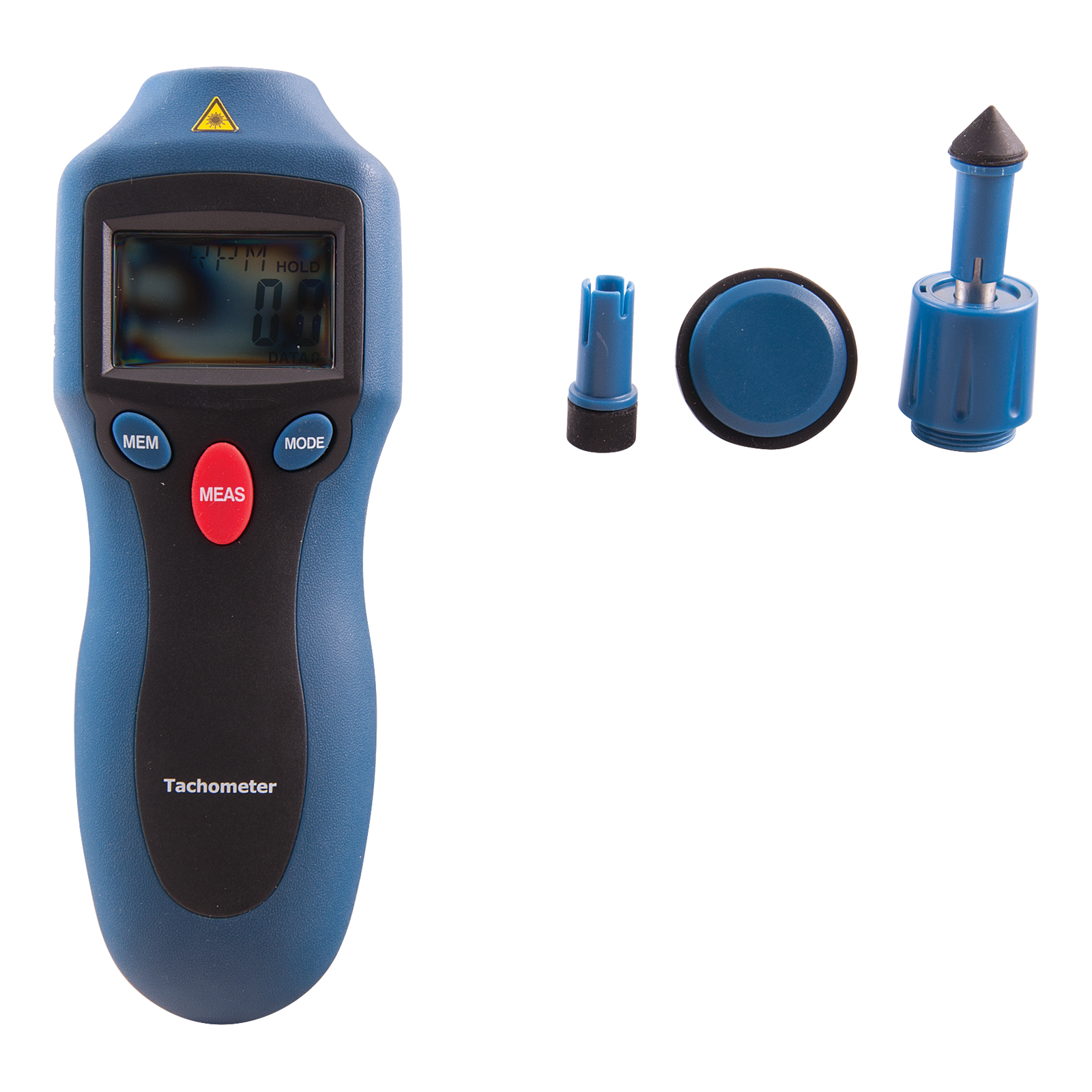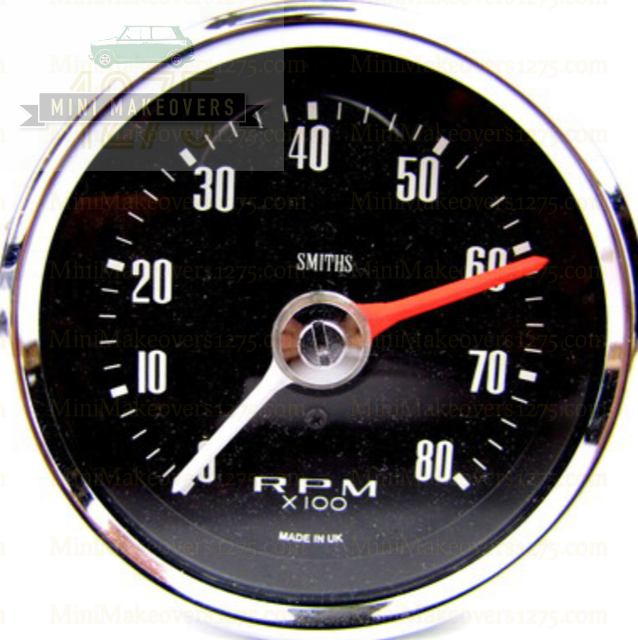Opening the Keys of Tachometers: Every Little Thing You Required to Learn About This Important Instrument in Your Vehicle
Recognizing the details of tachometers can supply valuable understandings right into your automobile's performance and maintenance needs. From determining engine speed to figuring out the information it offers, tachometers function as an essential device for car owners and fanatics alike. By unwinding the secrets behind this important tool, you can unlock a wealth of details that can improve your driving experience and ensure the long life of your car.
Importance of Tachometers
The significance of tachometers depends on their capability to provide critical real-time data concerning an engine's rotational speed, enabling exact monitoring and upkeep of machinery. By determining the revolutions per min (RPM) of an engine's crankshaft, tachometers provide valuable understandings right into the engine's performance - tachometer. This information is vital for ensuring that the engine operates within its optimum range, staying clear of potential damages from over-revving or underperforming
Tachometers play an important duty in helping drivers and technicians discover any kind of anomalies in the engine's rate, which can indicate problems such as gas inefficiency, mechanical issues, or extreme strain on the engine. By promptly determining these issues with tachometer analyses, maintenance can be carried out proactively, preventing costly repair services and downtime over time.
Additionally, tachometers are specifically essential in high-performance automobiles and equipment, where specific control over engine speed is necessary for ideal operation. Competing autos, airplane, and industrial devices count on tachometers to deliver peak performance while maintaining safety requirements. Essentially, tachometers are not just instruments for determining speed however vital devices for making sure the smooth and reliable procedure of engines throughout numerous applications.
Just How Tachometers Action Engine Rate
Utilizing sensing units that discover the frequency of electric pulses produced by the engine's ignition system, tachometers accurately gauge the rotational speed of an engine. By keeping track of the price at which these pulses are obtained, tachometers offer real-time feedback on just how fast the engine's crankshaft is revolving per minute, commonly described as revolutions per min (RPM)
The tachometer's sensor, usually linked to the engine's ignition coil or spark plug cords, chooses up the electric signals created each time a cyndrical tube fires. These signals are then exchanged RPM analyses displayed on the scale or instrument collection within the vehicle driver's sight. Tachometers can be analog or electronic, with contemporary lorries frequently including digital display screens for accurate and rapid RPM readings.
This info is crucial for motorists to understand the engine's browse around this web-site efficiency, prevent over-revving, enhance equipment shifting, and make sure efficient fuel usage. By properly measuring engine speed, tachometers play this an essential role in assisting motorists run their cars safely and successfully.
Translating Tachometer Analyses
Having a clear understanding of how tachometers measure engine speed establishes the structure for effectively translating the RPM analyses presented. Translating tachometer analyses is crucial for ideal automobile efficiency and engine wellness. RPM (Changes Per Minute) readings on the tachometer indicate the speed at which the engine's crankshaft is turning. When the engine is idling, the tachometer needle normally relaxes around 600-1000 RPM, relying on the vehicle. As you accelerate, the RPM will certainly increase, reflecting the engine's higher rotational speed. When shifting gears in a hands-on transmission automobile, the RPM will certainly go down as you involve the clutch and adjustment gears, then rise once again as you speed up in the new gear. Keeping an eye on the tachometer can aid you figure out one of the most effective moving indicate make best use of fuel economy and engine power. Furthermore, abnormal changes or constantly high RPM readings could indicate potential concerns with the engine that might need professional focus. By taking note of the tachometer readings and understanding just how to analyze them, you can guarantee your car operates efficiently and successfully.


Tips for Making Use Of Tachometers Efficiently
To enhance driving effectiveness and optimize engine efficiency, what key methods can be implemented for properly utilizing tachometers? Tachometers are critical devices that offer real-time responses on engine rate, enabling vehicle drivers to make informed choices for better performance - tachometer. Below are some tips for utilizing tachometers effectively:
Comprehending Optimum RPM Range: Familiarize on your own with the optimum RPM (Revolutions Per Minute) array for your vehicle. This variety ranges different cars and trucks and is usually suggested in the proprietor's see this page guidebook. Maintaining the engine within this range can improve fuel effectiveness and extend the engine's lifespan.
Moving Gears at the Right Time: Use the tachometer to identify the finest time to shift gears. Aim to shift gears when the RPM gets to the optimum array for the next gear.
Keeping Track Of Engine Anxiety: High RPMs for extended periods can strain the engine. Keep an eye on the tachometer to stop over-revving, especially throughout velocity or when bring heavy loads.
Tachometers and Vehicle Upkeep
When thinking about vehicle upkeep, tachometers play an essential duty in monitoring engine performance and spotting prospective problems. Tachometers offer necessary information on engine rate, permitting drivers and mechanics to guarantee that the engine is operating within the recommended RPM range.
In addition to spotting potential issues, tachometers can also aid in maximizing gas performance. By maintaining the engine speed within the optimum array, drivers can enhance their gas mileage and lower fuel consumption. This not just profits the driver's purse however additionally adds to environmental preservation by decreasing hazardous discharges.
Conclusion
